Researchers have captured the signal of neutrinos from a nuclear reactor using a water-filled neutrino detector, a first for such a device.


One of the key features of the eVinci microreactor is its impressive versatility. It will have the capability to generate five megawatts of electricity, produce over 13 megawatts of high-temperature heat, or operate in combined heat and power mode, according to the Saskatchewan Research Council.
To put this in perspective, the Nuclear Regulatory Commission reported in 2012 that a single megawatt of capacity from a conventional power plant can meet the energy needs of 400 to 900 homes in a year.
Westinghouse views the eVinci microreactor as a groundbreaking technology that holds great promise for future energy requirements.
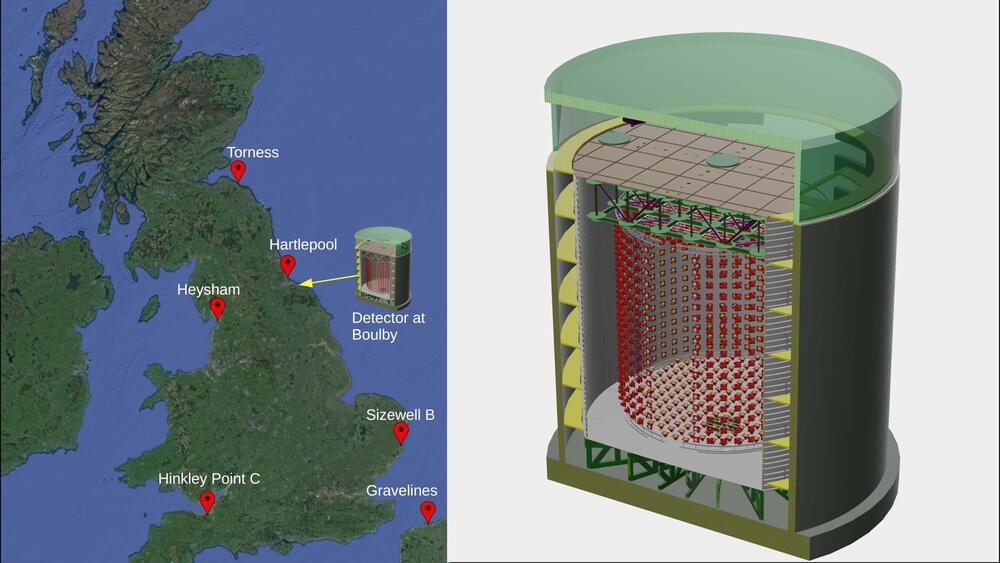
The group’s detector design exploits Cherenkov radiation, a phenomenon in which radiation is emitted when charged particles moving faster than light pass through a particular medium, akin to sonic booms when crossing the sound barrier. This is also responsible for nuclear reactors’ eerie blue glow and has been used to detect neutrinos in astrophysics laboratories.
The researchers proposed to assemble their device in northeast England and detect antineutrinos from reactors from all over the U.K. as well as in northern France.
One issue, however, is that antineutrinos from the upper atmosphere and space can muddle the signal, especially as very distant reactors yield exceedingly small signals—sometimes on the order of a single antineutrino per day.
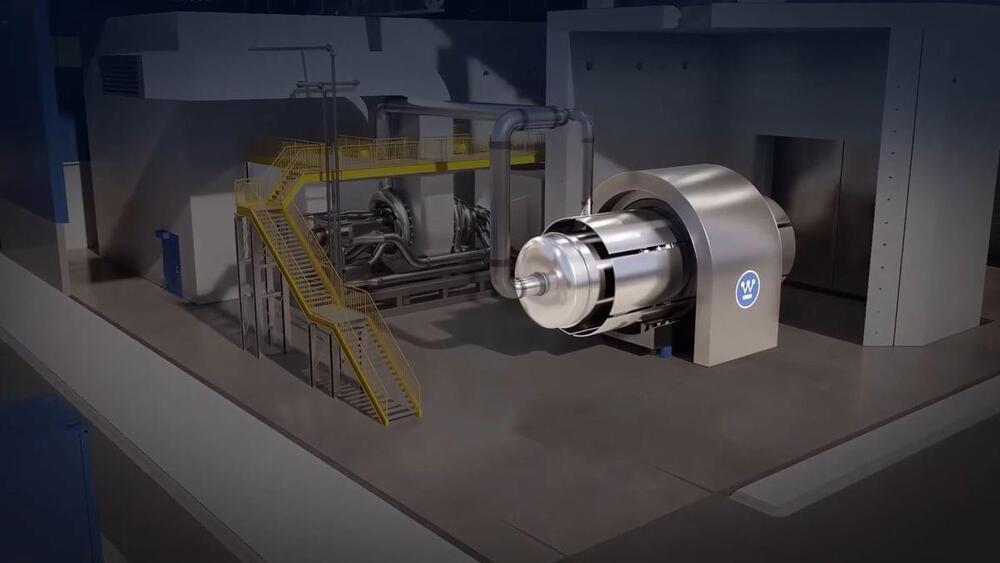
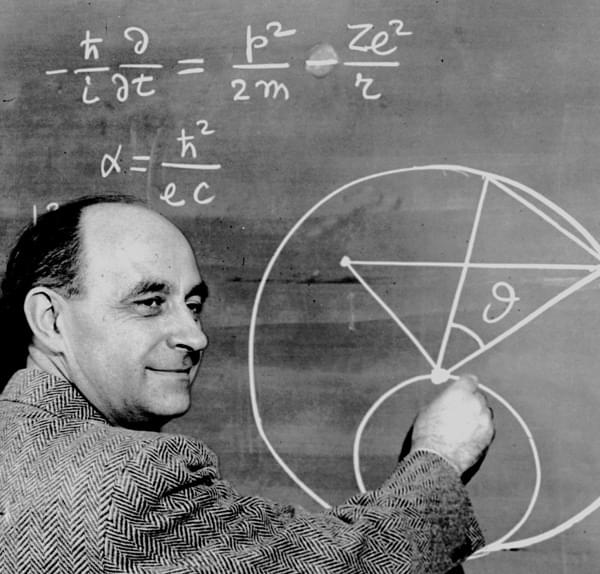
On September 29, 1901 Enrico Fermi ForMemRS was born.
On May 11, 1974, National Accelerator Laboratory was given a new name: Fermi National Accelerator Laboratory. The eponym honors famed Italian physicist Enrico Fermi, whose accomplishments in both theoretical and experimental physics place him among the greatest scientists of the 20th century.
Many visitors to Fermilab reasonably conclude from its name that Enrico Fermi worked at the laboratory, but he never did. In fact, he died in 1954, years before scientists even officially recommended the construction of a U.S. accelerator laboratory in 1963.
In 1938, Fermi won the Nobel Prize for work that eventually led to the first controlled release of nuclear energy. He and his family then left Italy and came to the United States, where he accepted a position at Columbia University. He later moved to the University of Chicago, where he built the first atomic pile in the squash court under the university’s Stagg Field. While there, he continued investigating the nature of particles that make up the nucleus. He was also active in the design of the school’s synchrocyclotron. At the time of its completion, it was one of the most powerful atom smashers in the world.
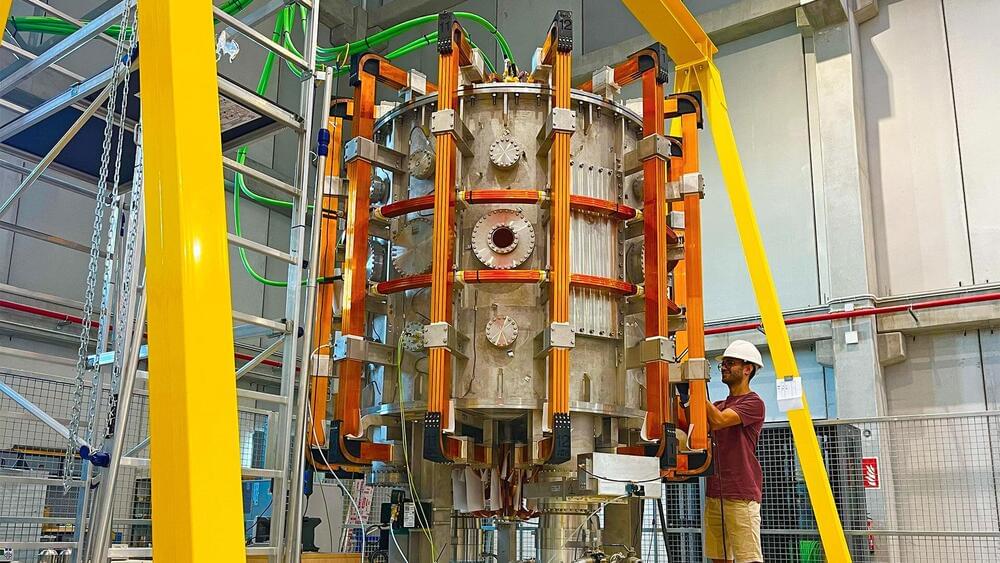
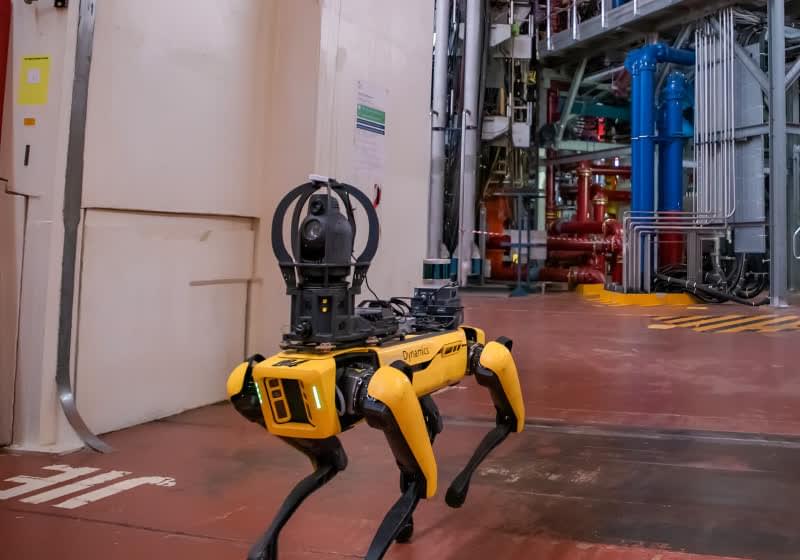
What just happened? Researchers have successfully deployed a fully autonomous robot to inspect the inside of a nuclear fusion reactor. This achievement – the first of its kind – took place over 35 days as part of trials at the UK Atomic Energy Authority’s Joint European Torus facility.
JET was one of the world’s largest and most powerful operational fusion reactors until it was recently shut down. Meanwhile, the robotic star of the show was, of course, the four-legged Spot robot from Boston Dynamics, souped up with “localization and mission autonomy solutions” from the Oxford Robotics Institute (ORI) and “inspection payload” from UKAEA.
Spot roamed JET’s environment twice daily, using sensors to map the facility layout, monitor conditions, steer around obstacles and personnel, and collect vital data. These inspection duties normally require human operators to control the robot remotely.

Results could aid understanding of how black holes produce vast intergalactic jets. Scientists have observed new details of how plasma interacts with magnetic fields, potentially providing insight into the formation of enormous plasma jets that stretch between the stars.
Whether between galaxies or within doughnut-shaped fusion devices known as tokamaks, the electrically charged fourth state of matter known as plasma regularly encounters powerful magnetic fields, changing shape and sloshing in space. Now, a new measurement technique using protons, subatomic particles that form the nuclei of atoms, has captured details of this sloshing for the first time, potentially providing insight into the formation of enormous plasma jets that stretch between the stars.
Scientists at the U.S. Department of Energy’s (DOE) Princeton Plasma Physics Laboratory (PPPL) created detailed pictures of a magnetic field bending outward because of the pressure created by expanding plasma. As the plasma pushed on the magnetic field, bubbling and frothing known as magneto-Rayleigh Taylor instabilities arose at the boundaries, creating structures resembling columns and mushrooms.
HARRISBURG, Pa. — The owner of the shuttered Three Mile Island nuclear power plant said Friday that it plans to restart the reactor under a 20-year agreement that calls for tech giant Microsoft to buy the power to supply its data centers with carbon-free energy.
The announcement by Constellation Energy comes five years after its then-parent company, Exelon, shut down the plant, saying it was losing money and that Pennsylvania lawmakers had refused to bail it out.
The plan to restart Three Mile Island’s Unit 1 comes amid something of a renaissance for nuclear power, as policymakers are increasingly looking to it to bail out a fraying electric power supply, help avoid the worst effects of climate change and meet rising power demand driven by data centers.

A study led by the Department of Energy’s Oak Ridge National Laboratory details how artificial intelligence researchers have created an AI model to help identify new alloys used as shielding for housing fusion applications components in a nuclear fusion reactor. The findings mark a major step towards improving nuclear fusion facilities.